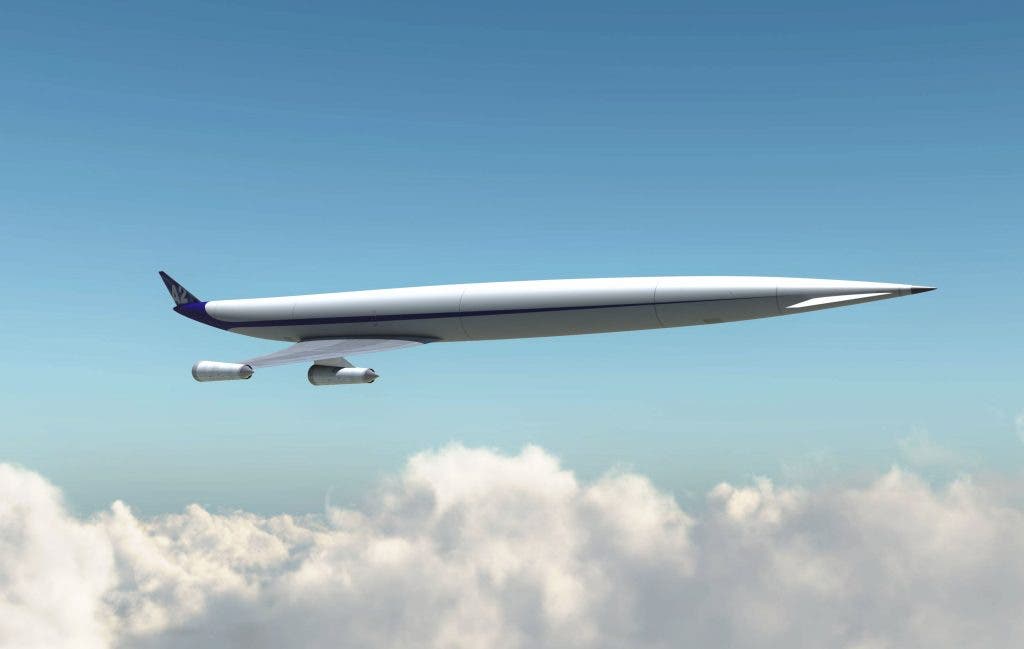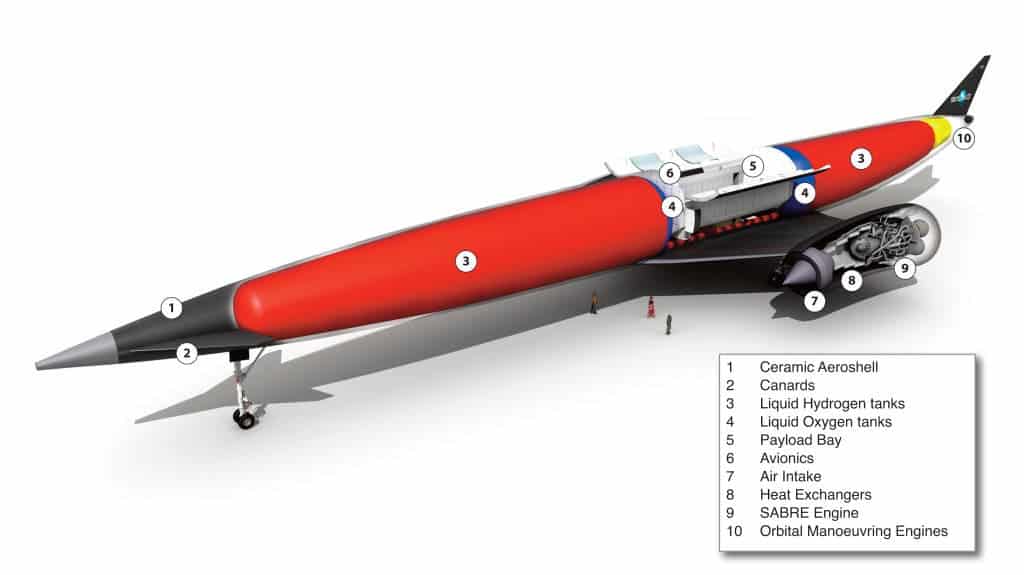If you thought research in airplanes only applies to the military, you’re wrong. While most of the money spent for airplane research does go to the military, a smaller chunk of it goes to space research, and another part goes to private air travel. Now, a company from the UK has almost developed an engine that would make the legendary Concorde look like a slowpoke – promising airplanes that could travel 5 times faster than the speed of sound.
The planes they are proposing look weird, to say the least. They’re very futuristic; they have no windows, have much smaller wings than you’d expect, and a really strange engine. But they are incredibly fast. At the recent Farnborough International Airshow, one of the largest aerospace trade gatherings in the world, Reaction Engines got most of the attention with their new research, which promises a paradigm shift.
“These engines are a step change in propulsion technology,” said managing director and chief engineer Alan Bond, in an interview with The Star. “So at a stroke, they make Mach 5 transport anywhere on the earth, for example, a possibility.”
In case you didn’t know, Mach is a term used to describe ratio of speed of an object moving through a fluid and the local speed of sound. In this case, the object is the plane, and the fluid would be the atmosphere – Mach5 means that the plane is flying 5 times faster than the speed of sound.
Reaction Engines is exploring a couple of different types of engines – one for supersonic passenger flights and another for satellite delivery. But they both share an innovative new feature: a sophisticated pre-cooler that can turn very hot air and make it cold almost instantly. As you can easily imagine, when flying at such incredibly high speeds, overheating is quite a big problem.
“When you’re flying at Mach 5, the air’s going to get very hot…it’s going up to 1000 degrees centigrade,” explained Bond, who is a rocket scientist. “Before you can put that into an engine you have to cool it. Liquid hydrogen is an extremely good coolant, so we use that in a complex way to cool the air, then compress it to put it into the engines.”
Nuclear power plants use the same kind of cooling – but in nuclear plants, the cooler weighs about 200 tons. In this plane, that figure goes down to 1.5 tons – quite an achievement. However, it will probably take a while before we get to actually see these planes put to commercial use. The company is mostly focusing its efforts on developing an engine capable of flying into space. Its proposed Skylon craft would carry payloads of up to 15 tons into low-earth orbit, meaning it could carry most satellites currently transported to space.
“This is the only engine that we know of which is capable of realizing an aeroplane which can take off, fly into space, do a job, and come back and land. Then, a couple of days later do it all over again to a different orbit or whatever,” says Bond. “So that’s the excitement of it.”
It’s also worth noting that the extremely effective cooler took about 10 years of research to develop and actually create. It’s way past the design phase, it’s a reality.










